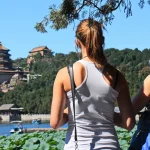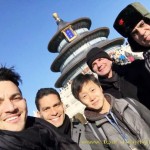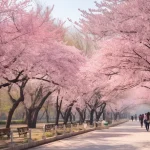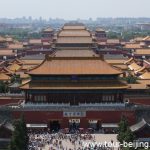Museum of Luoyang Eastern Zhou Royal Horse and Chariot Pits
Plan your Luoyang Tour? Museum of Luoyang Eastern Zhou Royal Horse and Chariot Pits is an interesting place to visit no matter you are a cultural history buff or not. The museumm is built over the sacrificial pit area for the emperors in Eastern Zhou Dynasty (770BC – 256BC) with its capital at the site…





